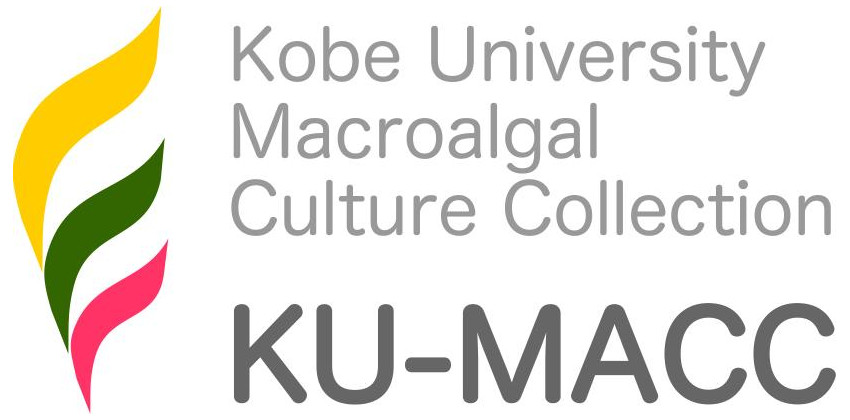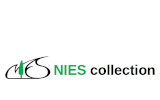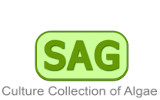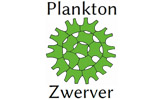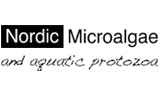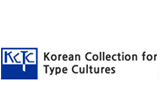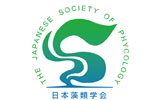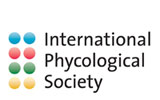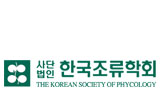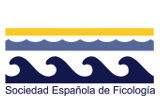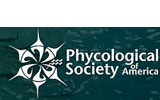Heterosiphonia subsecundata (Suhr) Falkenberg 1901
Publication Details
Heterosiphonia subsecundata (Suhr) Falkenberg 1901: 643, pl. 18, fig. 20
Published in: Falkenberg, P. (1901). Die Rhodomelaceen des Golfes von Neapel und der angrenzenden Meeres-Abschnitte Heraus gegeben von der zoologischen Station zu Neapel. Fauna und Flora des Golfes von Neapel, Monographie 26. pp. i-xvi, 1-754, 10 figs, 24 pls. Berlin: Verlag von R. Friedländer & Sohns.
Type Species
The type species (holotype) of the genus Heterosiphonia is Heterosiphonia berkeleyi Montagne.
Status of Name
This name is of an entity that is currently accepted taxonomically.
Basionym
Dasya subsecundata Suhr
Type Information
Type locality: "Valparaiso" [Chile]; (Suhr 1840: 280)
General Environment
This is a marine species.
Created: 05 April 1998 by M.D. Guiry.
Last updated: 15 July 2019
Verification of Data
Users are responsible for verifying the accuracy of information before use, as noted on the website Content page.
Taxonomic note
South & Skelton (2003: 735) treat this entity as a synonym of Heterosiphhonia callithamnion (Sonder) Falkenberg 1901. M.J. Wynne (e-mail, 15 December 2006) writes: ...but if that were true, it is H. subsecundata [the correct epithet] that would have priority. That proposal was made by Chapman in his 1971 Fiji paper, and my guess is that he was incorrect, mainly because in just a quick check of the literature these two species are very different. Falkenberg (1901) said that the pericentral cells in H. subsecundata undergo a transverse division. Womersley (1998), who recognizes H. callithamnion, says it has only 4 pericentral cells per segment. Ramierez & Santelices (their 1991 catalogue) and Hoffman & Santelices (their 1997 flora) recognize H. subsecundata. There was first Dasya subsecundata Suhr (1840) from Valparaiso (in the Binder Herbarium). Harvey (1847, Nereis) started some confusion by calling this species "Dasya subsecunda" [he dropped the final "ta"], although he cited Suhr and "Valaparaiso". Silva [in Index Nominum Algarum] seems to treat it as a new name. Whether it a simple typographical error or a new name, I am not sure. Falkenberg (1901) transferred Suhr's species to Heterosiphonia, as H. subsecundata (Suhr) Falkenberg, with the epithet spelled correctly. De Toni (Syllogue algarum) again somewhat confused the situation by using the name "Heterosiphonia subsecunda (Suhr) Falkenberg", although Falkenberg had the correct spellling "subsecundata". I conclude therefore that H. secundata (Suhr) Falkenberg (the Chilean-based species) is not the same as H. callithamnion of western Australia. If they were the same, H. subsecundata would have priority. Parsons (1975) describes in detail H. subsecundata based on material from Chile as having 7-9 pericentral cells per segment versus the four in H. callithamnion, and he confirms what Falkenberg said, that the pericental cells of the sympodial axis are divided once transversely, which appears to be a distinctive feature." - (11 May 2006) - G.M. Guiry
Linking to this page: https://www.algaebase.org/search/species/detail/?species_id=4612
Citing AlgaeBase
Cite this record as:
M.D. Guiry in Guiry, M.D. & Guiry, G.M. 15 July 2019. AlgaeBase. World-wide electronic publication, National University of Ireland, Galway. https://www.algaebase.org; searched on 24 May 2025
 Request PDF
Request PDF